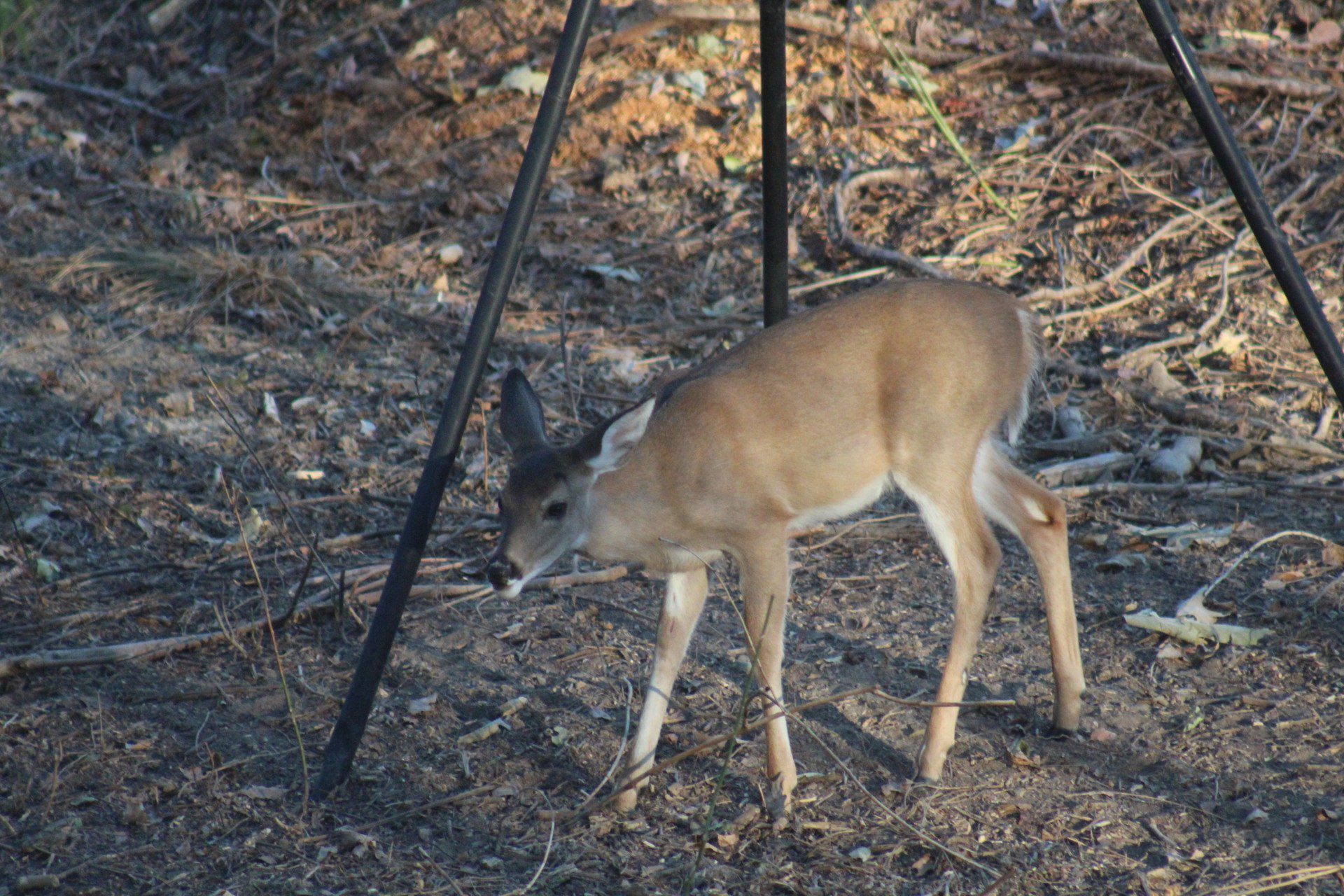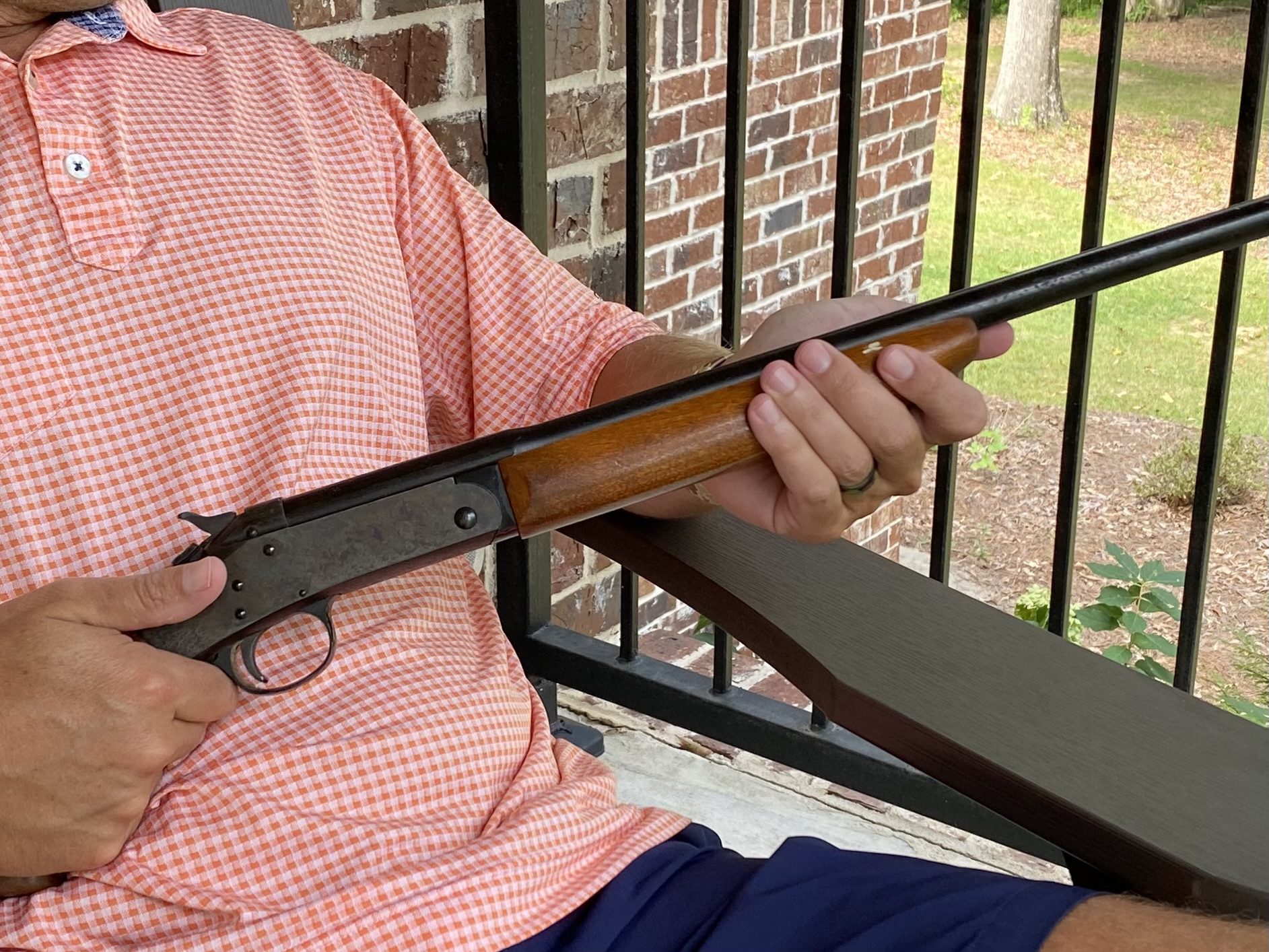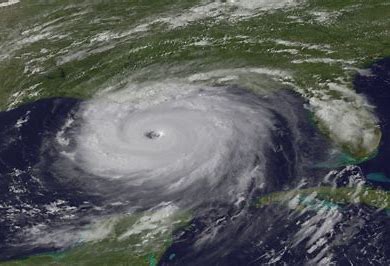
- Outdoor columnist Ben Smith says it’s hard to argue against a ban when considering it could slow the spread of infectious diseases like CWD.
It’s been a while since I’ve mentioned anything to do with the dreaded Chronic Wasting Disease (CWD). Just the mention of CWD stirs a multitude of emotions from deer hunters in Mississippi. Some express serious concern while others dismiss it as more government interference into our sport of deer hunting. Personally, at the moment I’m not overly concerned, but failure to recognize the potential harm of the disease on our deer herd would be irresponsible for anyone that considers themselves a conservationist. I chose the phrase, “not overly concerned” because CWD has been around for quite a while in other states and deer hunting is still taking place in those states. It doesn’t mean that I’m ignoring CWD, but I have faith that Mississippians will do what’s necessary to ensure that future generations will have the same opportunities to hunt that we have now.
So, what can we do to slow the spread of CWD amongst our deer herd? Once again, focus on the phrase, “slow the spread”. CWD is here to stay unless we find the unlikely solution to eliminate it, which I find to be an impossibility. Therefore, our focus has to shift toward slowing the spread as it’s our only option at the moment.
Before we take a look at potential solutions, let’s get a refresher on CWD and how it works. First, CWD is a fatal disease that attacks the nervous system of cervids (deer, elk, moose). It spreads through direct contact with another animal that is infected with the disease and through indirect contact with soil, fecal matter, saliva, and urine from another infected animal. It is not caused by a virus, or bacteria, but rather from a prion. A prion is protein that becomes misfolded, and resists being broken down like other proteins in the body. When these prions enter the body they multiply causing healthy proteins to also misfold and attack the nervous system. I have two college degrees, neither of which have anything to do with Biology, so I have no idea what any of that means…but I know it’s bad.
Knowing that there is currently zero cure for this disease, but also knowing that we cannot sit idly by and do nothing, what can we do? At the moment there are several “CWD Zones” in the State of Mississippi. This means that a positive case of CWD has been detected in the area. One of the regulations that has been implemented in these zones is the ban of supplemental feeding. Yay say some. Nay say others. Supplemental feeding essentially consists of putting out baiting stations with an unnaturally occurring food source (it wouldn’t be there without human aid). That said, supplemental feeding is not the same thing as planting a food plot. Harvested corn, rice bran, pellets, and salt blocks all fall under the category of supplemental feeding. So, why does the ban on supplemental feeding matter?
In recent studies conducted by the MDWFP, along with other agencies across the state and country, CWD has been found to be more prevalent at feeding stations. These stations pull in deer, as well as other animals, to one centralized location to feed. For starters, this upsets the habits of the deer herd even without CWD. Feeding stations, such as feeders and troughs, bring groups of deer together that otherwise would never congregate. Deer from different social groups congregate around the feeding stations that otherwise might not even know the other groups existed. Add the potential hazard of one of those deer being infected with CWD and, “Houston, we’ve got a problem.”
What about other animals eating from the same feeding stations? This is another concern for several reasons. Different species of animals carry different diseases outside of CWD. These feeding stations only increase the risk of cross contamination between varying species. One study consisted of two feeding stations: one station had both deer and raccoons eating from the same feeder while the other station was only visited by the raccoons. However, CWD was detected at both feeding sites, thus proving that raccoons, although they cannot contract CWD, can carry it to other sites on their paws. This is a great indication of how easily the disease can travel from one location to another.
The studies conducted provide us with enough clear evidence that the continuance of supplemental feeding will surely be detrimental to the health of Mississippi’s deer herd. Can CWD spread without the use of feeding stations? The answer to that question is “absolutely”. Studies have shown CWD to be present in scrapes and on licking branches in naturally occurring areas. However, while we cannot control where deer naturally forage, we can control providing feeding stations that are proven to cause deer to congregate abnormally. Research conducted by the MSU Deer Lab found that deer visited feeders four times more than natural food sources and plots when given the opportunity, thus further increasing the likelihood of transmission of infectious diseases.
By now you should have realized my position on the topic of a statewide ban on supplemental feeding. Admittedly, I did not come to this opinion until recently. I’ve often used the aid of supplemental feeding in order to procure pictures of deer on the properties that I hunt. I’ve never been a big fan of using feeding stations while actually hunting, but definitely used them as an easy way to take inventory of bucks on the property. Moving forward, I’d be totally okay if MDWFP came out tomorrow and banned the use of supplemental feed. For one thing, it would add to the challenge of scouting and hunting. Secondly, it might actually slow the spread of infectious diseases, namely CWD, amongst our herd. Given the data, it’s pretty difficult to argue against that.











